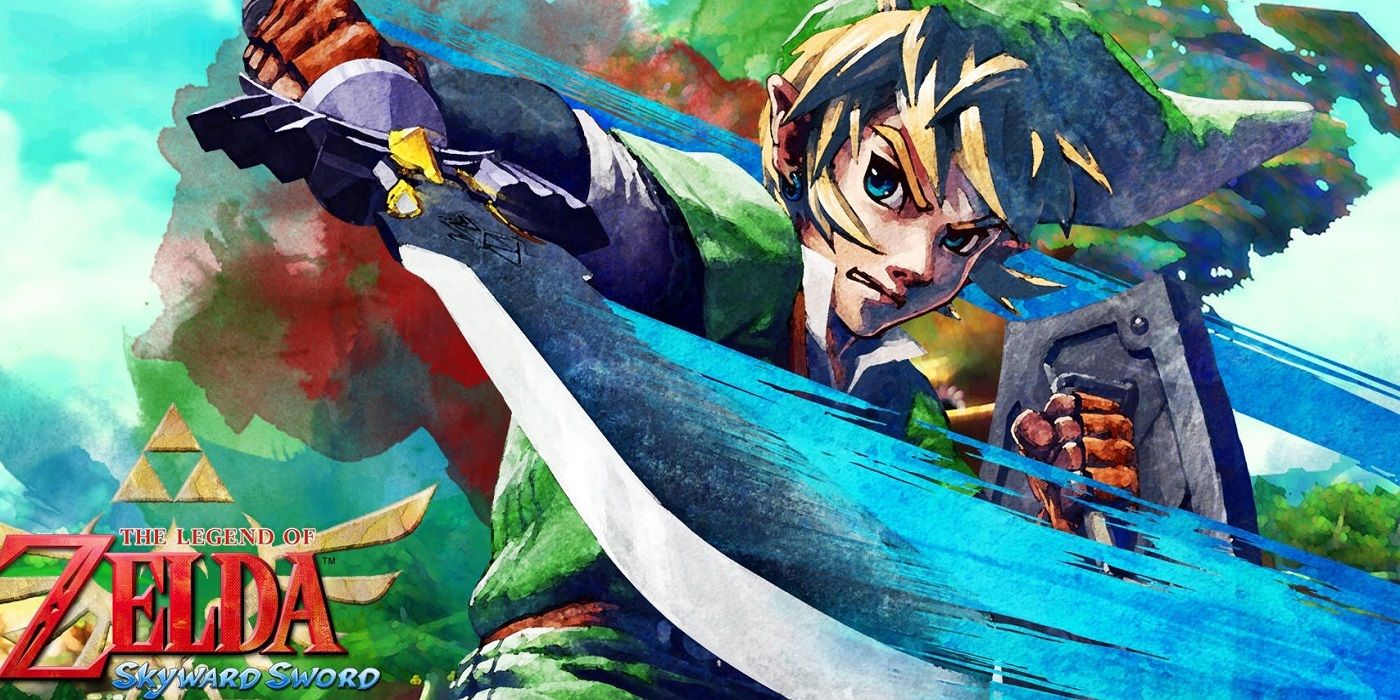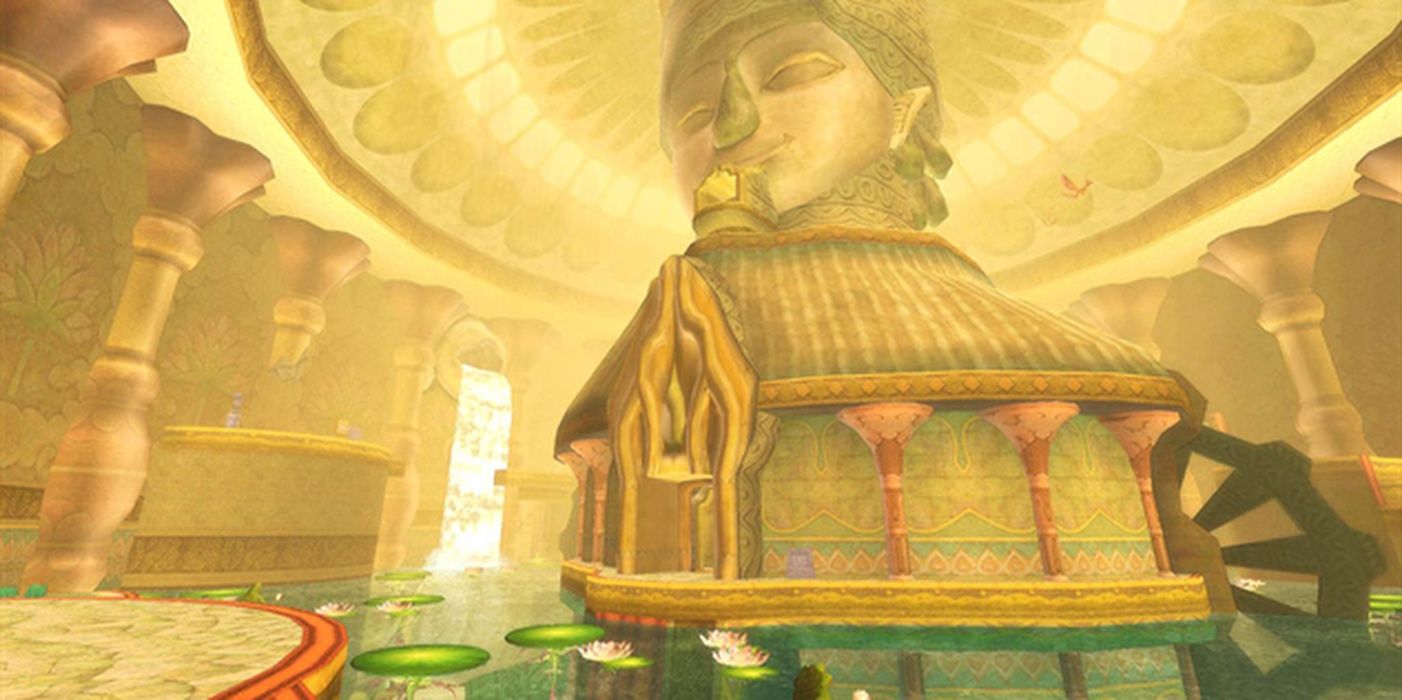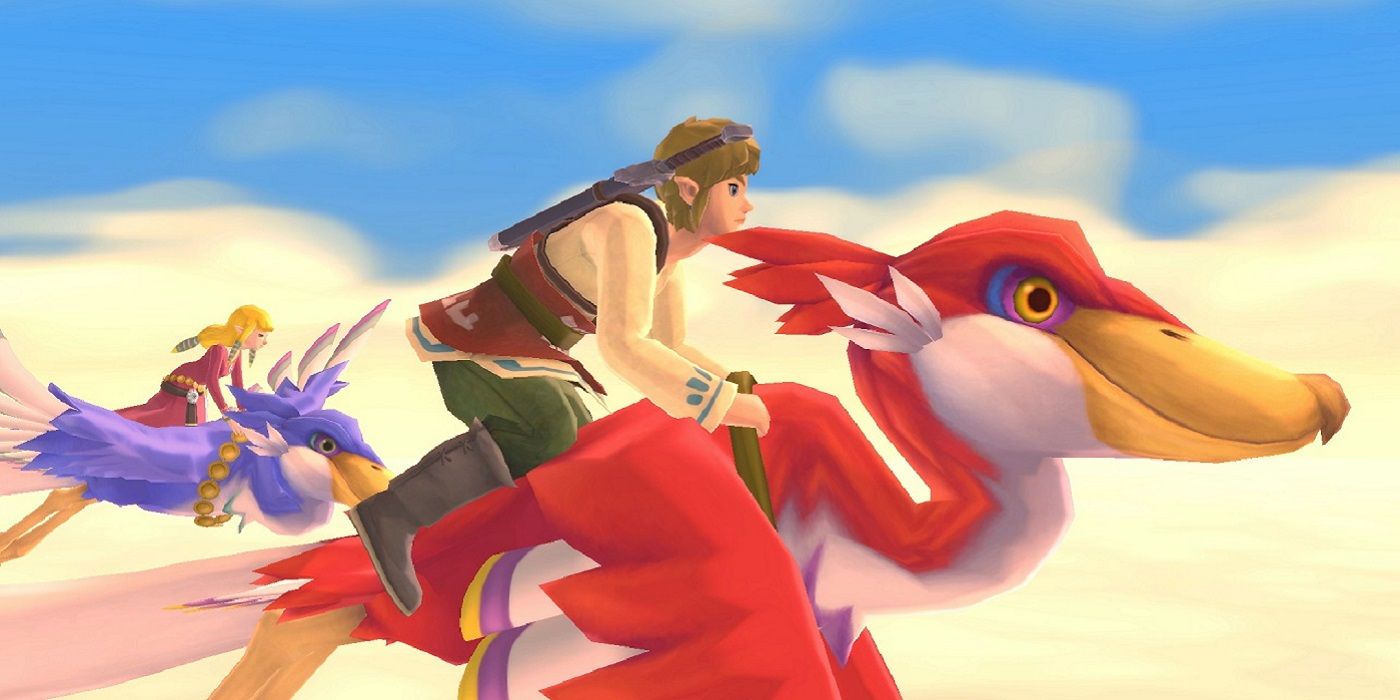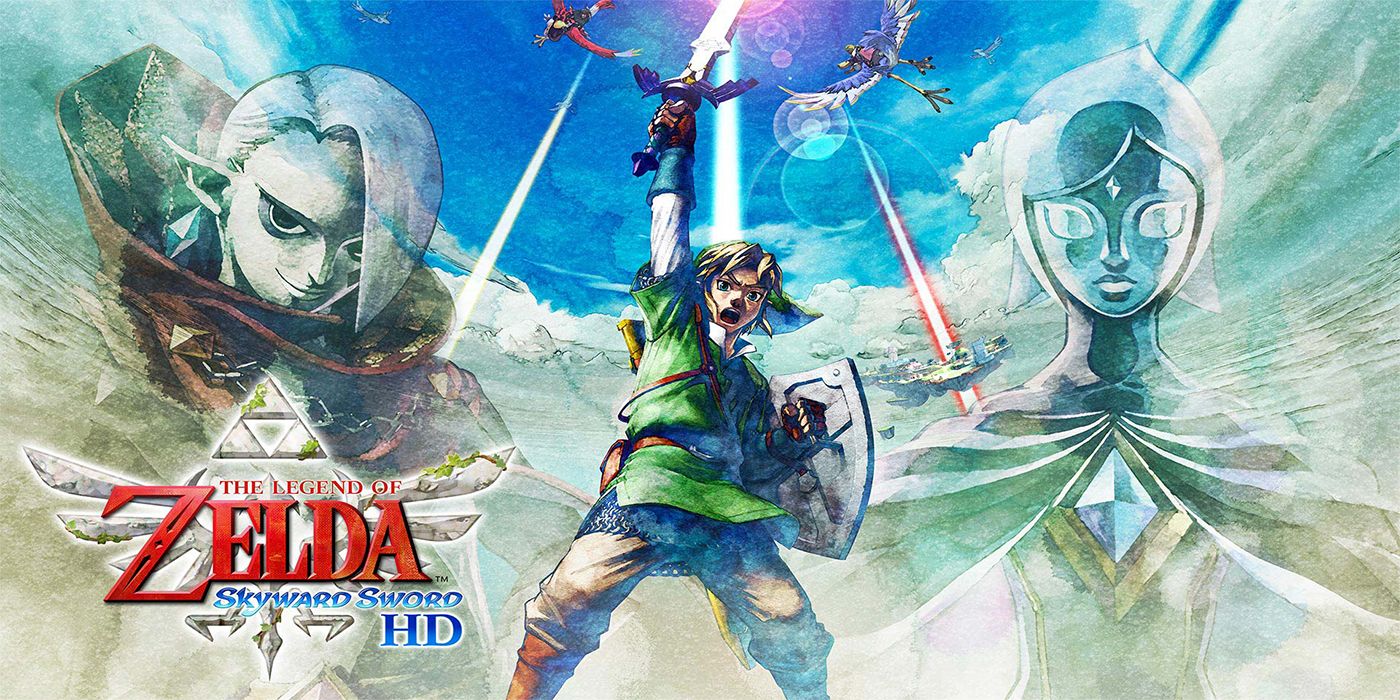
With Legend of Zelda: Skyward Sword soon to arrive on Nintendo Switch, it's a good time to re-examine what may be the most underrated mainline Zelda game. In many ways, it is the direct predecessor to Breath of the Wild, although the two titles are extremely different in almost every way. At its time, Skyward Sword suffered from several roadblocks that held it back, but it may discover new life when added to the Switch, as some fans who never played it will have a chance to see it in a new light.
Skyward Sword originally came out for the Wii in 2011, near the very end of the console's life cycle. It had exceptional sword fighting and combat mechanics enabled by motion controls, but by the time it was released, the novelty of motion control had worn off for many consumers. Simultaneously, other areas where motion controls were more of a hindrance than a benefit ended up a lot more glaring than they might once have been. However, the story, music, and level design were an evolution of some of the best features of the Zelda franchise, even if Skyward Sword didn't revolutionize it in the way that Breath of the Wild did six years later.
RELATED: The Legend of Zelda: Skyward Sword HD Confirms Amiibo Support and File Size

One of the things that Breath of the Wild excelled at was enabling a sense of unbridled exploration and discovery. An open world jam-packed with secrets and diversions, the Switch game used modern design to create the same sense of wonder and freedom that made the original games classics. Skyward Sword, by contrast, is far more linear. However, that reflects another staple of classic Zelda game design, found more prominently in Ocarina of Time, Twilight Princess, and Wind Waker. These games all had relatively linear stories, with players going from one area to another in order, broken up by a large central area to traverse across.
In previous games the central zone was Hyrule Field or a wide expanse of ocean, but Skyward Sword used the open skies as the path from one area to the next. Soaring on a bird to get to new worlds was in itself joyful, and allowed for discovery of side areas and smaller islands much in the same way as Wind Waker. This mode of level selection was creative, unique, and free-form, with the ability to leap off of any edge and whistle to be scooped up by a flying mount being one of the highlights of the game.
Then, each individual level and dungeon could be tackled as its own separate chapter. As with classic Zelda titles, the dungeons, puzzles, and exploration in each zone was top notch. In this case, linear level design allowed for engaging, extended puzzle solving and constant palpable progress that all open world games must sacrifice to some degree in the name of player freedom. It's an older style of game design, but it has a lot of merit when done in a way that plays to its strengths.
RELATED: The Legend of Zelda: Skyward Sword Joy-Cons Revealed

Level design and exploration are up to preference, but one area where Skyward Sword truly excelled was in its story. Skyward Sword offers the origin story of the entire Zelda franchise, and explains the age old cycle that causes Link to perpetually reincarnate to save Zelda and defeat Ganon. For long-time fans who revel in Zelda lore, Skyward Sword was a treasure trove that beautifully explained the themes that drive the entire franchise. While Breath of the Wild offered tidbits of narrative in the form of memories that didn't affect gameplay, Skyward Sword was almost entirely defined by its story.
In the moment to moment story, both Link and Zelda are characterized extremely well, with more depth than practically any other title. Zelda is an active force in the narrative, rather than a passive damsel to be rescued, and Link finds himself constantly chasing after her, just one or two steps behind. The relationship between the hero and the princess, the driving force behind the story of practically every Zelda game, is explored in a way that brings both characters to life. For that, alongside a fantastic soundtrack, Skyward Sword deserves high praise.

Where Skyward Sword was most divisive was its controls and mechanics. The now-infamous bomb bowling was the bane of many gamers' playthroughs, and the motion controls were largely a "love it or hate it" experience. Sword combat was well-implemented, allowing players to direct precise swings to get around enemy defenses rather than simply tapping an attack button. In other areas, though, the motion controls of the Wii felt either gimmicky or intrusive, infusing Skyward Sword with a fatal dose of frustration.
Luckily, Skyward Sword's arrival on the Switch has the potential to fix the game's most glaring faults. The motion controls in the Switch are far more precise than those in the Wii, as the technology has improved to the point that it is less gimmick-like and acts as just another feature. At the same time, Skyward Sword on the Switch will also provide options for using analog controls, which will completely solve the problem for those who want to play on the go or simplify their experience. Hopefully, in its new form, Skyward Sword can find new life as an improved game on the right platform.
The Legend of Zelda: Skyward Sword HD launches July 16, exclusively for the Nintendo Switch.
MORE: The Legend Of Zelda: The 10 Best Versions Of Link, Ranked

